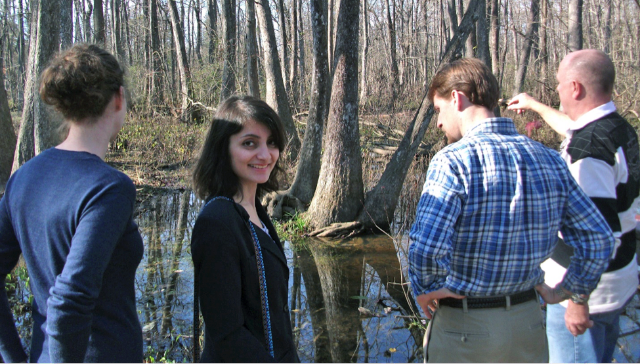From Corinth, we continued on the coastal road of northern Peloponnese and crossed the impressive Rio-Antirio bridge, the world's longest multi-span cable-stayed bridge. The bridge crosses the Gulf of Corinth near Patras and connects it to the mainland.
We continued on to Arachova, which was our base for visiting Delphi. A night at Arachova and then the next day, we headed to explore the Delphi site.
From there, we had to ascend on the mountain called Parnassus. Nestled amidst the pine forested slopes were the well-preserved ruins of Delphi. Delphi was best known as the supreme oracle site of the ancient Mediterranean world. There, we visited the Temple of Apollo, situated at the foot of Mount Parnassos, the highest peak in Greece after Mount Olympos. This Temple of Apollo which is at Delphi dates from the 4th century BC. This temple was also of the Doric order and had 6 columns at the front, and 15 columns at the flanks.
Another site at Delphi was the omphalos which is a religious stone artifact, or baetylus. It literally means center or navel of the world. According to Greek lore, Zeus sent two eagles across the world to meet at its center, the "navel" of the world. The Omphalos stones marking the centre were erected in several places about the Mediterranean Sea; the most famous of those was at Delphi.
We also visited a spot which is where it is said that Aesop was thrown to his death. Aesop had journeyed to Delphi, where he angered the citizens by telling insulting fables, and was sentenced to death
In the afternoon, we also visited the 11th century Monastery of Ossios Loukas, a UNESCO World Heritage site, and saw the exquisite mosaics. The monastery is situated at a scenic site on the slopes of Mount Helicon and was founded in the early 10th century AD by the hermit, Venerable St. Luke, whose relics are kept in the monastery to this day. The hermit was famous for having predicted the conquest of Crete by Emperor Romanos. It is a greek orthodox chiurch and has a lot of eastern vibes.











0 comments